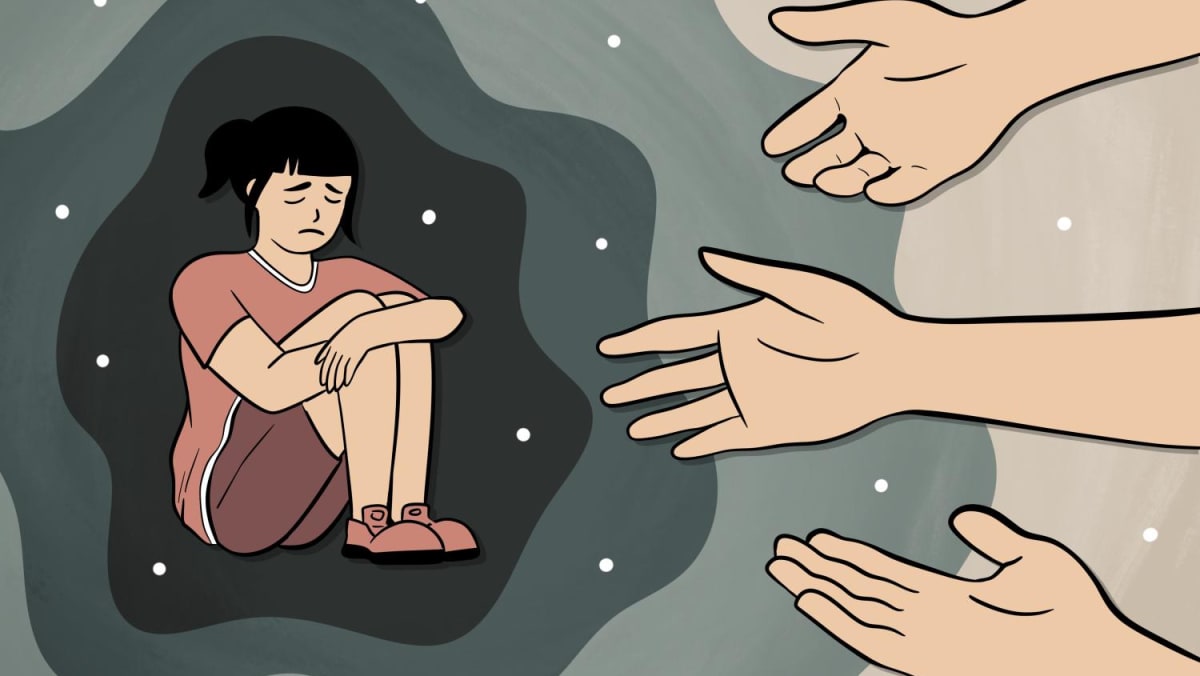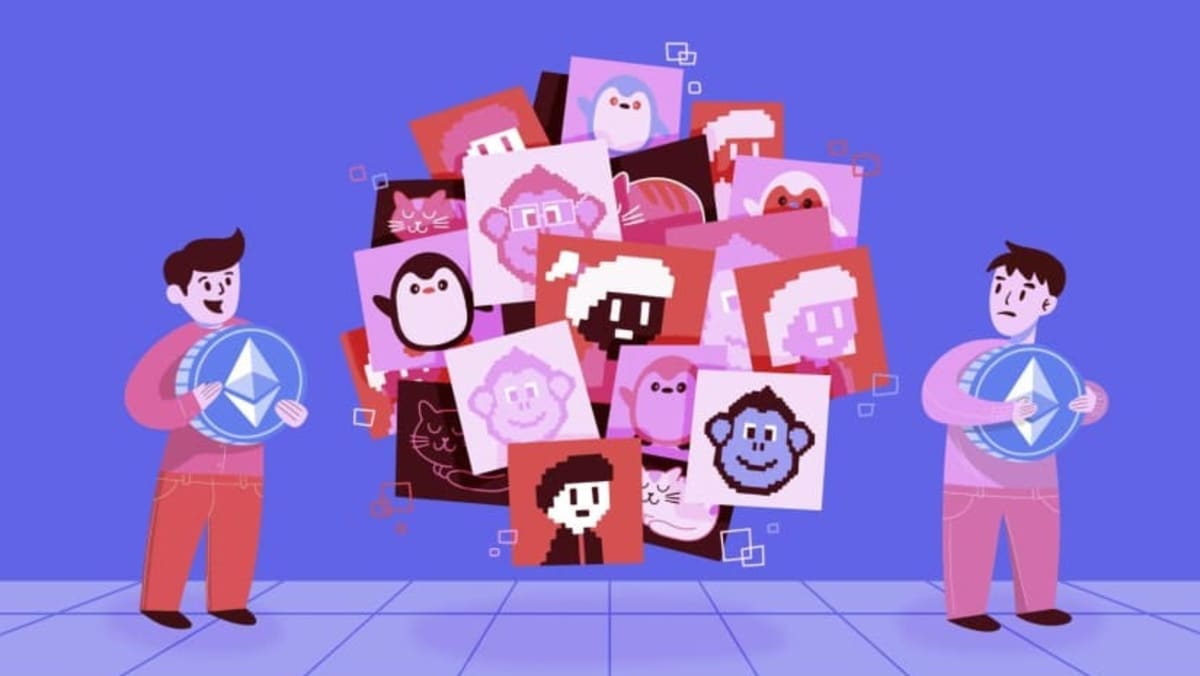Trading volume for NFTs plunged to US$11.8 billion in 2023, down from US$26.3 billion the year before, according to an industry report by independent cryptocurrency data aggregator CoinGecko.
Another report by crypto news site dappGambl in September last year found that of 73,257 NFT collections it analysed, 69,795 of them have a market cap of 0 Ether (ETH) – referring to the cryptocurrency commonly used to transact such tokens.
This downturn resulted in many media reports comparing it to the Dutch “tulip mania” of the 1630s. Back then, prices of tulip bulbs soared over a few years to the point where they equalled that of a mansion, according to some estimates, before crashing.
When prices of NFTs crashed, some celebrities such as Justin Bieber, Madonna, Paris Hilton and Jimmy Fallon who were seen as promoters fuelling the craze, were named in a class action suit by investors claiming they were misled into buying the collectibles by the celebrities.
For NFTs, the factors behind the fall in prices from their stratospheric levels were aplenty, from the crash of cryptocurrencies, which are used to buy these digital tokens, to the cooling down of the initial euphoria, business experts and industry players told TODAY.
But there may still be life yet in NFTs, with media reports in recent months discussing their possible resurgence.
For example, recent reports from business publication Forbes and crypto industry news site Coindesk highlighted that major companies and brands are experimenting with NFTs as digital collectibles, while buyers of some NFTs are also given real-world products or benefits.
Meanwhile, a museum in Paris sold two Van Gogh-inspired NFTs for US$2.5 million in October 2023, about a year after the end of the NFTs’ bull run.
Last year, a fast-food restaurant and a magazine in Singapore were giving away NFTs as part of their brand experience, also after the bull run.
TODAY’s interviews with those familiar or involved with NFTs reflected a sense of measured confidence in these tokens’ future.
While prices might not reach the lofty heights seen in 2021 or 2022, these tokens could still see an appreciation in value, especially among the projects that have managed to survive the bear market and are backed by teams with active plans on providing value to token holders.
It is also helpful that some speculators who had jumped in amid the initial novelty and hype of NFTs have been “flushed out”, said some industry players. A reduction in speculative activities would further stabilise NFTs in the long run, they added.
Beyond trading, the technology underpinning NFTs can have widespread use too, the industry players said, not least in the digital art space.
VALUE DOWN, BUT HOPES UP FOR SOME TRADERS
Mr Bobby Lim, who has been investing in cryptocurrencies since about 2018, said he was exposed to investing in NFTs in early 2020 at the suggestion of his friend, who said that “a lot of people have earned a lot of money from this”.
Despite some early success, the 30-year-old said his NFT collection now has seen S$10,000 in actual loss. This is on top of S$20,000 of paper loss from NFT assets which have depreciated in value, but he is still holding on to.
For 30-year-old Gautham Rajadanran, he began trading NFTs in November 2021. As of now, he has just “broken even” on his investments.
While little data on NFT trading activities among Singaporeans is available, those involved in the market generally observed that a noticeable number of people in their network had left since the end of the bull run, after suffering losses from the crypto and NFT downturn.
“About six in 10 of my friends have left the space completely, after experiencing some losses,” said Mr Lim.
Mr Clement Chia, co-founder of Imaginary Ones company and NFT project, said there was a silver lining to the crash.
“A lot of bad projects actually got flushed out of the system. People that were here just to cash grab, they’re out of the system,” he said.












